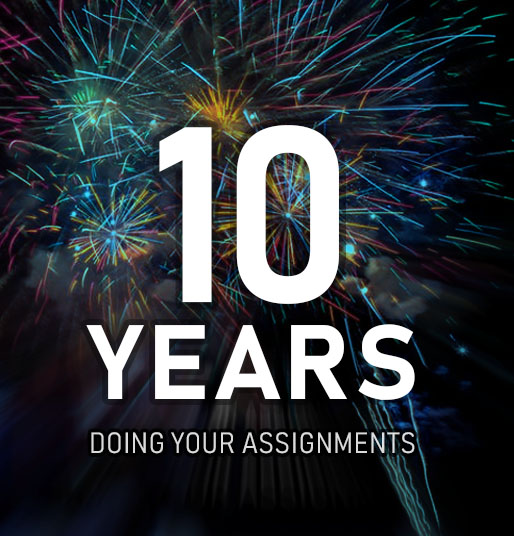Search & Filtering
Explain Arab conquests of the Middle East, North Africa, Central Asia: Umayyad caliphate; motivations behind conquest; methods of governance; treatment of Jews and Christians.
Who is Ho Chi Minh? Provide some background on his life story and his experience as a communist.
Write a paragraph on EACH of the following concepts/characters/passages. If it is a character, make sure to describe the who, what, when, where, and also the why important ESPECIALLY in regards to the theme of the course and the content of the work. If it is a concept, make sure to explain how that concept fits into the appropriate texts, what the larger meaning of the concept is for the course, and characters who may be associated with the concept. If it is a passage, write out a full explication of the passage, how it reflects a theme that may run throughout the work, how it demonstrates the voice of the character, how it addresses a particular concept, etc. USE CITATIONS TO SUPPORT YOUR ANSWER.
Please submit your answers in a single file using the link.
- Bisclavret
- The Slaughter House
- Having to Learn to Love Men
- The Painted Man on the Boat (Death in Venice)
- The Uncanny in Death in Venice
Write a paragraph on EACH of the following concepts/characters/passages. If it is a character, make sure to describe the who, what, when, where, and also the why important ESPECIALLY in regards to the theme of the course and the content of the work. If it is a concept, make sure to explain how that concept fits into the appropriate texts, what the larger meaning of the concept is for the course, and characters who may be associated with the concept. If it is a passage, write out a full explication of the passage, how it reflects a theme that may run throughout the work, how it demonstrates the voice of the character, how it addresses a particular concept, etc. USE CITATIONS TO SUPPORT YOUR ANSWER.
Please submit your answers in a single file using the link.
- Madame de Meurteuil
- Controlling Love (Marie de France)
- “I’ve always known I was born to dominate your sex and avenge my own.”
- Elvira/Erwin
- The Strange Traveler (Death in Venice)
In three well-written paragraphs:
- Do you think it was necessary for New Deal programs to address relief, recovery, and reform of the American economy? Why or why not? Could the New Deal has been as effective as it was without all three of these?
- Which of these New Deal programs, if any, are still in place today? What does that tell about the American economy and/or the necessity of these programs?
Don't really need to be 3 paragraphs. One or two is enough! With simple words only (I'm not required high-level words)
1. In the Rigoberta Menchu video (https://m.youtube.com/watch?v=Irvq1CHPAvo), what part of her story and her dreams for indigenous peoples most resonates with you?
2. What similarities and differences do you see between the 1960s struggle for justice for aboriginal peoples in Australia and the 1960s U.S. Civil Rights Movement?
3. The Zapatista movement in southern Mexico used violence -- and the threat of violence -- to achieve their ends. What aspects of a traditional non-violent social movement do you see in their activities?
Select the category to identify which branch has the following powers.
Category: Legislative
Category: Executive
Category: Judicial
Possible answers -
a. Declares laws and governmental actions unconstitutional
d. May veto a law, reject, or propose a law
c. may pass laws regarding issues not directly addressed in the Constitution
"Still one thing more, fellow-citizens - a wise and Frugal government shall...leave them otherwise free to regulate their own Pursuits of industry and Improvement, and shall not take from the mouth of labor the bread it has earned. This is the sum of good government, and this is necessary to close the circle of our felicities [happiness]."
How does the quotation demonstrate Jefferson's beliefs about the importance of capitalism on the development of early American government?
a. It explains the idea that people are free to create their own happiness and prosperity.
b. It explains the idea that people who work will be paid with bread and other household goods.
c. It explains the idea that people who work in certain industries will be expected to pay high taxes to the federal government.
d. It explains the idea that people can choose to work in any industry, but the role of the federal government is to pay them for their work.
Which sources would be most helpful for research on Japanese relocation camps located in the western United States?
a. a website, www. tourjapan.com
b. an encyclopedia of Japanese culture
c. a copy of the executive order legalizing the internment
d. a museum dedicated to preserving artifacts and stories from Japanese internment
e. an autobiography about a Japanese family living in the United States during World War II (1941-45)
what Is different about the ways the Chilean military and chávez came to power

